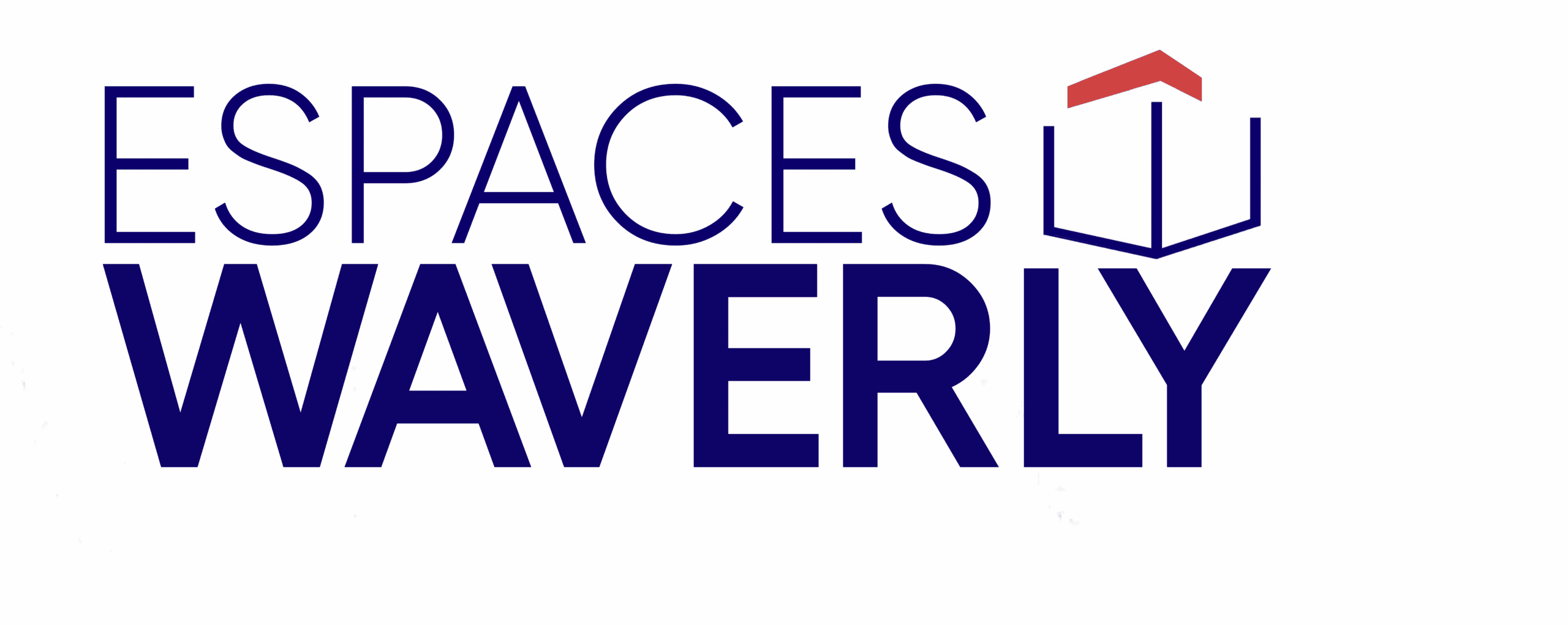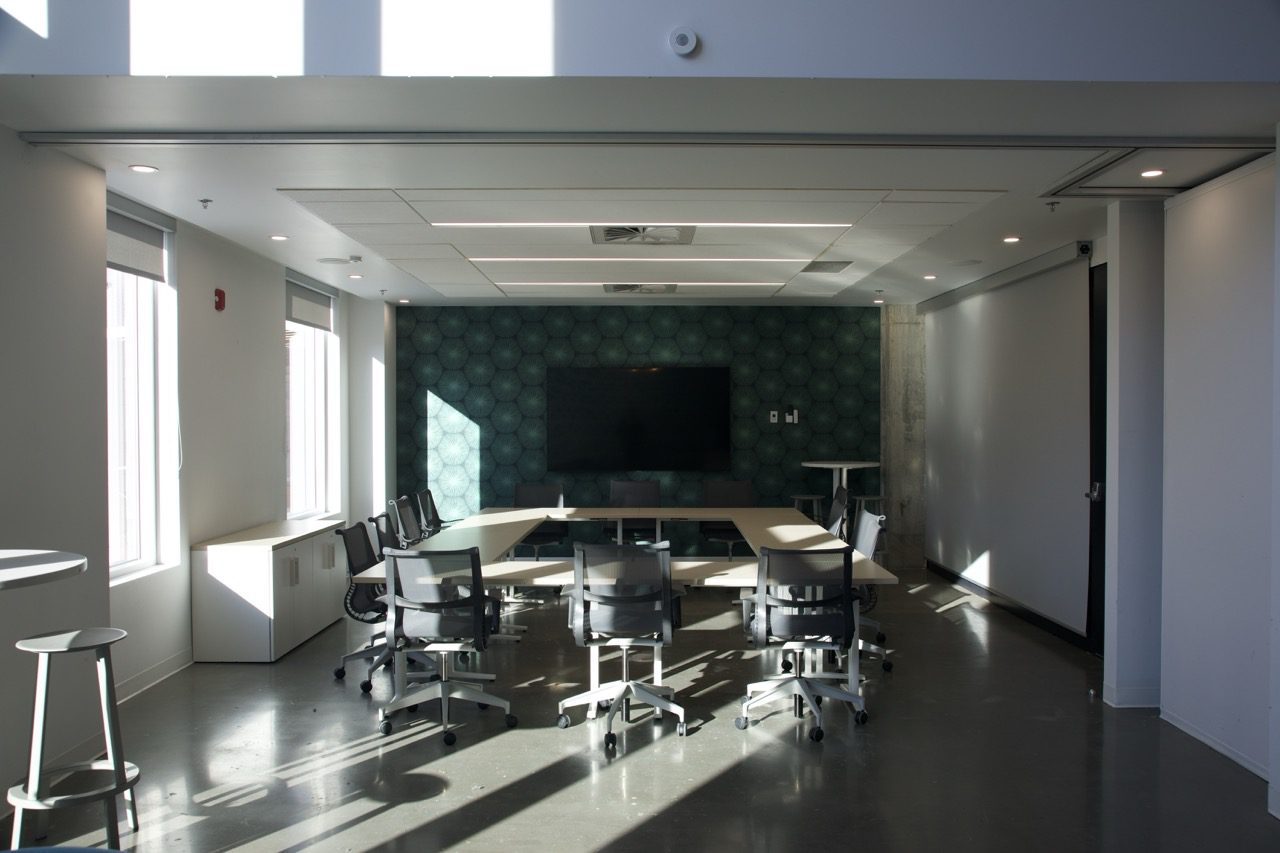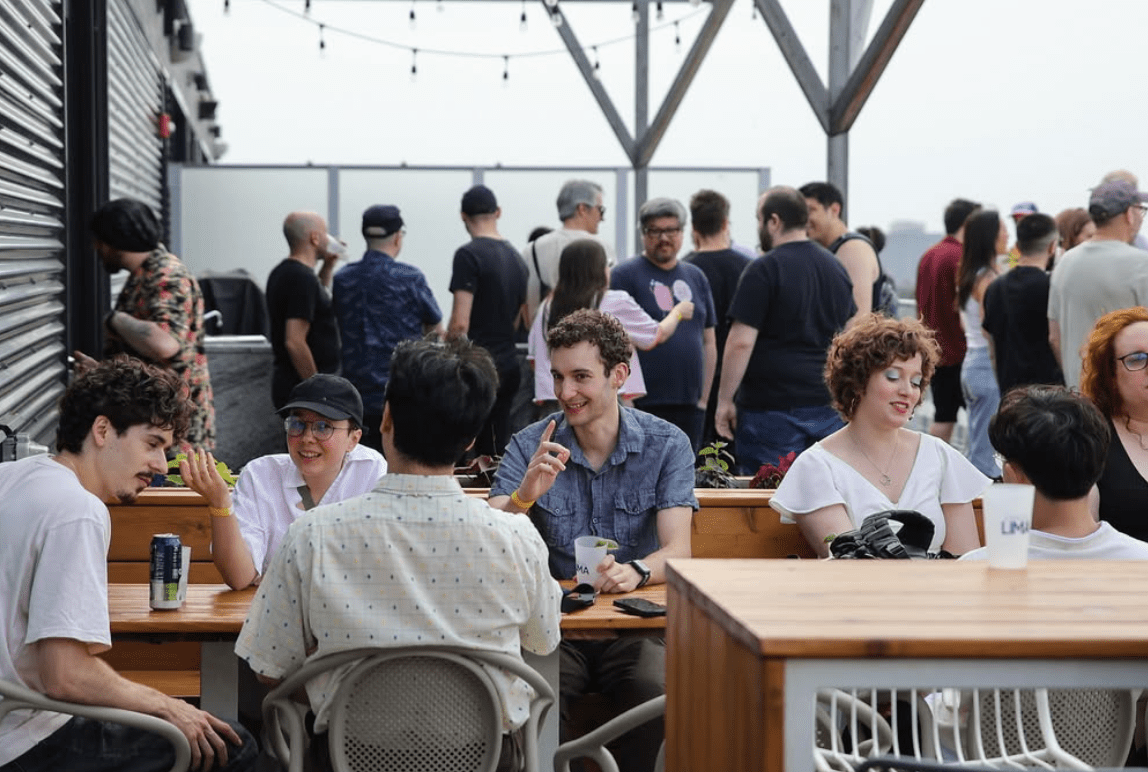The evolution towards next-generation workspaces
The world of work continues to evolve rapidly, and 2026 looks set to be a turning point in how we design professional environments. After several years marked by a transition to more flexible models adapted to the realities of business, flexible offices are now a key focus. They are no longer a marginal alternative to traditional leases, but a solution sought after by organizations of all sizes. Behind this change is a new vision: that of high-performance, modular workspaces capable of meeting the varied needs of businesses, whether they are growing startups, established SMEs, or large international organizations. In 2026, flexible offices will stand out not only for their accessibility, but also for the quality of their design, which will become a key factor in performance and well-being.
The rise of biophilic design
For several years now, biophilic design has been gaining ground in work environments, and in 2026 it will reach a new level of maturity. The idea is simple but powerful: integrating nature into interior spaces to promote concentration, creativity, and well-being. The high-performance flexible offices of tomorrow will feature natural materials, green walls, lighting systems that mimic daylight, and areas where plants and organic elements have a calming and stimulating effect. This trend meets a dual requirement: providing a pleasant working environment while contributing to the mental and physical health of employees. In a world where work-related stress remains a major issue, these developments are becoming an essential added value.
Spatial flexibility as the norm
In 2026, flexible offices are no longer defined solely by the possibility of renting space for variable periods of time. They are now designed as modular environments where each area can be transformed according to immediate needs. A collective workspace can be converted in a matter of minutes into a confidential meeting room, a presentation studio, or an event venue. Modular furniture, removable partitions, and mobile projection technologies make it possible to meet this requirement. This spatial flexibility is not only practical, it embodies a philosophy where the workplace adapts to people and not the other way around. It also makes it possible to optimize every square meter and get more out of the available space, which appeals both to companies looking to reduce costs and those seeking to offer a unique experience to their teams.
Advanced technological integration
The 2026 workplace will also be characterized by even greater integration of technology into the workspace. High-performance flexible offices will adopt intelligent light, temperature, and air quality management systems that can automatically adjust based on occupancy and user preferences. Immersive collaborative tools, such as interactive screens and augmented reality, are becoming standard features to facilitate hybrid meetings and collective creativity. Built-in sensors measure actual space usage and adjust configurations to optimize efficiency. This technological dimension is transforming the everyday experience and positioning flexible offices as real drivers of performance and innovation.
Employee well-being at the heart of our concerns
In 2026, employee well-being is recognized as a key factor in productivity and talent retention. High-performance flexible offices therefore incorporate relaxation areas, quiet zones, gyms, rest areas, and even facilities that promote physical and mental recovery. The idea is to create a balance between professional performance and quality of life. This trend reflects a growing awareness among companies that a space that supports the health and balance of its occupants becomes a strategic asset. Companies that adopt these approaches not only gain in efficiency, but also enhance their attractiveness to talented individuals who now favor work environments where they feel valued and appreciated.
The rise of environmental responsibility
Sustainable design is no longer an option, it is becoming a requirement. In 2026, flexible offices will be part of an eco-responsible approach where every choice, from furniture to materials, meets sustainability criteria. The use of recycled furniture, eco-friendly paints, high-performance energy systems, and zero-waste approaches is now standard practice. High-performance spaces also incorporate smart energy management systems that reduce consumption while improving comfort. This approach reflects growing pressure from employees and consumers for companies to reduce their environmental footprint. An eco-friendly workspace is not only a showcase for values, but also a factor in cost savings and reputation.
Customization of environments
Another strong trend in 2026 is the personalization of work environments. Flexible offices no longer just offer a neutral setting; they now allow companies to configure the space according to their identity, culture, and specific needs. This can translate into the choice of colors, furniture, layout of areas, or even the integration of brand elements. This customization promotes employee engagement and strengthens the sense of belonging. It also offers a unique opportunity for event projects, where every detail of the layout can be adjusted to reflect the tone and purpose of the occasion.
The return of communal and experiential spaces
At the same time, flexible offices in 2026 will once again place a focus on communal and experiential spaces. Companies recognize that the office is no longer just a place where people come to perform tasks, but a space for meeting, collaborating, and finding inspiration. Common areas, such as cafés, lounges, and terraces, are designed to encourage informal exchanges and creativity. Events are an integral part of this dynamic, with rooms that can be transformed into venues for launches, training sessions, or celebrations. The goal is clear: to create memorable experiences that strengthen human connections and corporate culture.
Security and confidentiality as key criteria
With the rise of collaborative technologies and the proliferation of shared projects, the issue of security and confidentiality is becoming crucial. In 2026, high-performance flexible offices will incorporate advanced solutions to protect data and ensure the confidentiality of exchanges. This includes secure access systems, acoustic privacy booths, and cybersecurity protocols integrated into the infrastructure. This trend reflects the need to balance openness, collaboration, and the protection of sensitive information.
The growing importance of outdoor spaces
Finally, 2026 confirms the value of outdoor spaces in flexible office design. Roof terraces, gardens, and balconies are becoming strategic locations for working, relaxing, or hosting events. These open spaces not only promote health and well-being, but also add an experiential dimension that enriches everyday life. In a context where employees are increasingly seeking a balance between nature and urbanity, these developments represent a significant competitive advantage.
Conclusion
The design trends for 2026 clearly show that flexible offices are no longer just temporary solutions, but truly strategic environments. They combine technology, well-being, sustainability, and flexibility to create places where performance and human experience reinforce each other. Whether it’s supporting a growing team, hosting an event, or strengthening corporate culture, these spaces are essential levers for success.
To discover suitable options and explore environments designed according to these trends, you can visit


